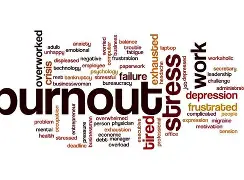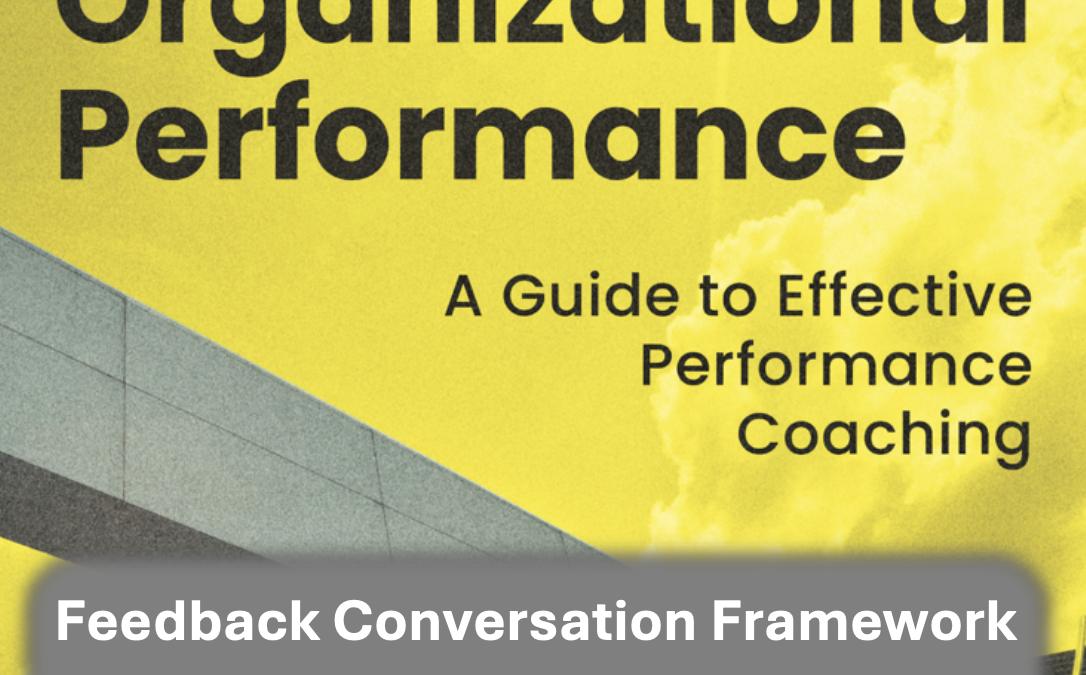Beyond Annual Reviews: Building Continuous Development Plans

“One annual review isn’t enough to drive meaningful change. So what works?”
For years, organizations have relied on annual performance reviews as the cornerstone of employee development. However, research and experience show that these once-a-year conversations are often too little, too late. Employees crave more frequent feedback, actionable goals, and ongoing support to truly thrive.
For HR decision-makers and business leaders, the shift from static reviews to continuous development plans is not just a trend—it’s a necessity. Here’s how you can lead the charge in building a culture that prioritizes consistent growth.
The Limitations of Annual Reviews
- Lack of Timeliness
- Annual reviews often address issues or achievements long after they’ve occurred, making feedback less impactful.
- Overemphasis on Evaluation
- Reviews tend to focus on past performance rather than future potential, creating a sense of judgment rather than development.
- Missed Opportunities
- When feedback is limited to once a year, opportunities for real-time learning and improvement are lost.
- Low Engagement
- Employees often view annual reviews as a formality rather than a meaningful development tool.
The Case for Continuous Development Plans
Continuous development plans shift the focus from evaluation to growth, fostering a proactive and collaborative approach to employee performance. Here’s why they work:
- Frequent Feedback: Employees get timely insights to make immediate improvements.
- Personalized Growth: Plans are tailored to individual goals, strengths, and challenges.
- Increased Engagement: Regular check-ins show employees that their development is a priority.
- Alignment with Organizational Goals: Continuous plans ensure employees’ efforts are always tied to broader objectives.
How to Build Effective Continuous Development Plans
- Set Clear and Dynamic Goals
- Break down long-term objectives into smaller, achievable milestones that can be revisited and adjusted regularly.
- Example: Instead of a yearly goal of “Increase sales by 20%,” break it into quarterly targets with specific strategies.
- Make Check-Ins the Norm
- Replace the annual review with regular one-on-one meetings to discuss progress, challenges, and opportunities.
- Tip: Use these check-ins to celebrate wins, course-correct, and adjust goals as needed.
- Integrate Coaching
- Coaching transforms check-ins into powerful development conversations.
- Focus on asking open-ended questions like:
- What’s working well for you right now?
- What challenges are you facing, and how can I support you?
- Leverage Technology
- Use performance management tools to track goals, provide feedback, and document progress in real-time.
- Encourage Self-Reflection
- Empower employees to take ownership of their development by reflecting on their progress and identifying areas for growth.
- Tip: Provide simple templates or prompts to guide self-assessments.
- Focus on Future Potential
- Shift the conversation from “What went wrong?” to “What can we achieve next?”
The Benefits of Continuous Development
Organizations that adopt continuous development plans see significant advantages:
- Higher Retention: Employees are more likely to stay when they feel their growth is supported.
- Better Performance: Frequent feedback and adjustments lead to ongoing improvement.
- Stronger Relationships: Regular conversations build trust and alignment between leaders and employees.
Moving Your Organization Forward
Transitioning to continuous development plans requires a mindset shift—but the payoff is worth it. By prioritizing growth and fostering regular conversations, you create an environment where employees feel valued, motivated, and aligned with the organization’s goals.
What’s Your Approach?
Does your organization still rely on annual reviews, or have you embraced continuous development? What successes or challenges have you encountered?


